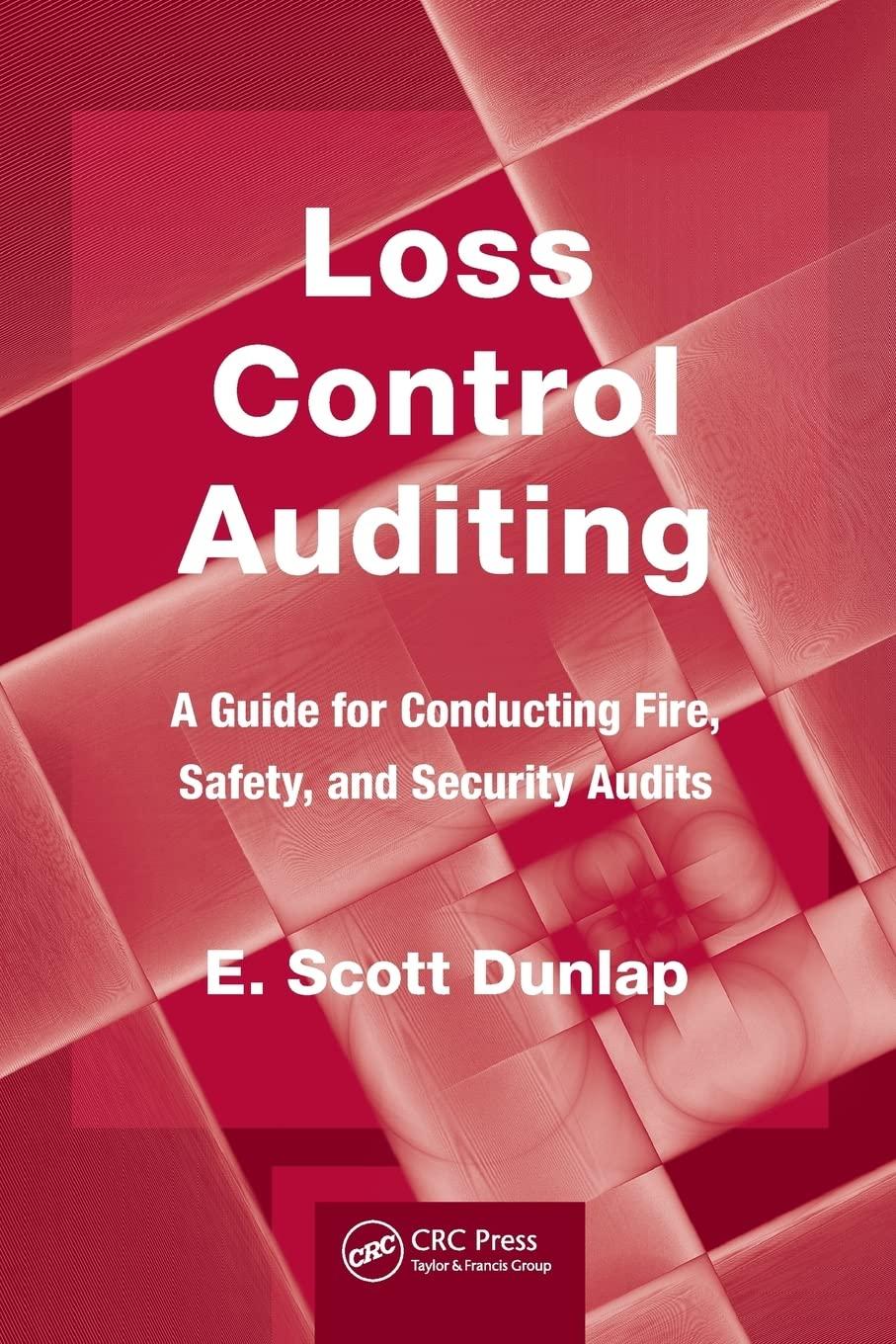Return on Equity in Presence of Large Treasury Stock Balance NJ Simpson Inc. reported the following equity accounts in its 2019 balance sheet. Stock prices for the past three year ends of 2019, 2018, and 2017 are: $244.80, 5196.96, and $136.34, respectively Shareholders' Equity (5 millions, expect par and shares) 2019 2018 2017 Common stock par value 51 per share (authorized 70,000,000 shares issued 40,000,000 shares 5-40 540 540 Additional paid in capital 1.240 1.240 1.240 Accumulated other comprehensive income 108 (96) 1220 Retained earnings 1.419 1.340 1,209 Stockholders equity before treasury stock 2.807 2.524 2.269 Less common stock held in treasury at cost (15.360,000, 10,336,000, and 980,000 shares, respectively) 02.776) (1.844) (114) Total shareholders' equity 680 2.155 Equity attributable to noncontrolling interest (6) 16) 16 Equity attributable to company shareholders $674 $2,149 The income statement for NJ Simpson Inc. reports the following Smillions 2019 2018 2017 Earnings attributable to company shareholders 3405 5301 5217 Consolidated net income 409 303 218 a. Compute return on equity for 2019 and 2018, under the following assumptions. . Traditional definition of equity. . With adding back treasury stock to equity. Using market value of equity instead of book value. Round answers to one decimal place (exc 0.2345 - 23.5%) ROE computation 2019 2018 Traditional 04 No treasury stock 04 Market value of equity 0% 0% 0 Round answers to one decimal place (exc 0.2345 23.5%) ROE computation 2019 2018 Traditional No treasury stock 0% Market value of equity ON ON b. Which of these metrics do we believe best measures the company's return for the past two years? Select which statement is correct Traditional ROE is inflated by the small equity balance in the denominator. This version does not truly measure the company's performance OROE with no treasury stock is inflated by the small equity balance in the demoniator as it assumes the company could sell the treasury stock and add the cash to assets. CROE using market value potentially overstates current period performance because the ratio includes the company's high stock price, which by definition impounds future earnings. All of these statements are correct. Return on Equity in Presence of Large Treasury Stock Balance NJ Simpson Inc. reported the following equity accounts in its 2019 balance sheet. Stock prices for the past three year ends of 2019, 2018, and 2017 are: $244.80, 5196.96, and $136.34, respectively Shareholders' Equity (5 millions, expect par and shares) 2019 2018 2017 Common stock par value 51 per share (authorized 70,000,000 shares issued 40,000,000 shares 5-40 540 540 Additional paid in capital 1.240 1.240 1.240 Accumulated other comprehensive income 108 (96) 1220 Retained earnings 1.419 1.340 1,209 Stockholders equity before treasury stock 2.807 2.524 2.269 Less common stock held in treasury at cost (15.360,000, 10,336,000, and 980,000 shares, respectively) 02.776) (1.844) (114) Total shareholders' equity 680 2.155 Equity attributable to noncontrolling interest (6) 16) 16 Equity attributable to company shareholders $674 $2,149 The income statement for NJ Simpson Inc. reports the following Smillions 2019 2018 2017 Earnings attributable to company shareholders 3405 5301 5217 Consolidated net income 409 303 218 a. Compute return on equity for 2019 and 2018, under the following assumptions. . Traditional definition of equity. . With adding back treasury stock to equity. Using market value of equity instead of book value. Round answers to one decimal place (exc 0.2345 - 23.5%) ROE computation 2019 2018 Traditional 04 No treasury stock 04 Market value of equity 0% 0% 0 Round answers to one decimal place (exc 0.2345 23.5%) ROE computation 2019 2018 Traditional No treasury stock 0% Market value of equity ON ON b. Which of these metrics do we believe best measures the company's return for the past two years? Select which statement is correct Traditional ROE is inflated by the small equity balance in the denominator. This version does not truly measure the company's performance OROE with no treasury stock is inflated by the small equity balance in the demoniator as it assumes the company could sell the treasury stock and add the cash to assets. CROE using market value potentially overstates current period performance because the ratio includes the company's high stock price, which by definition impounds future earnings. All of these statements are correct








